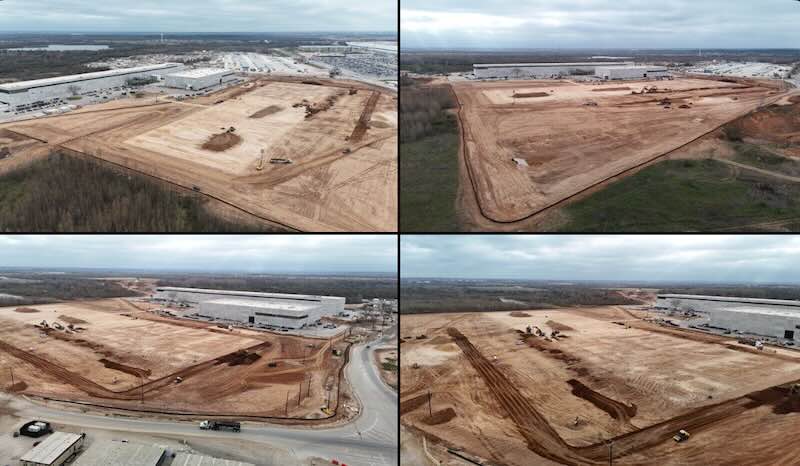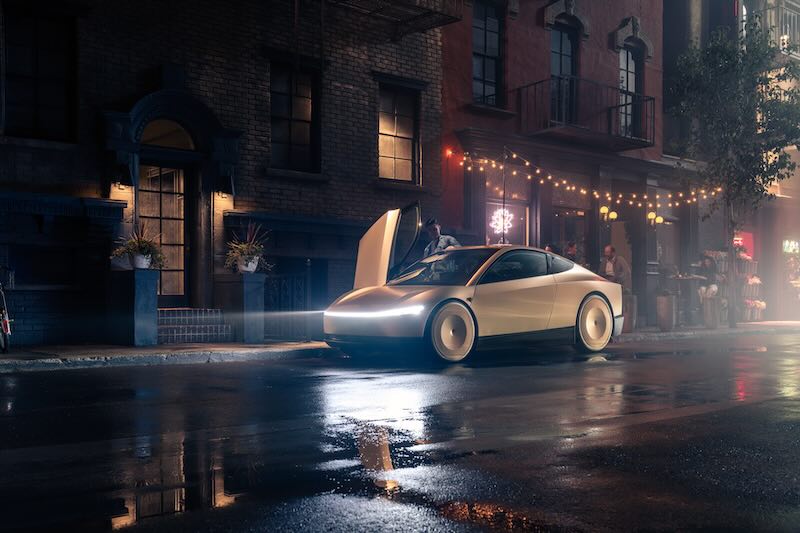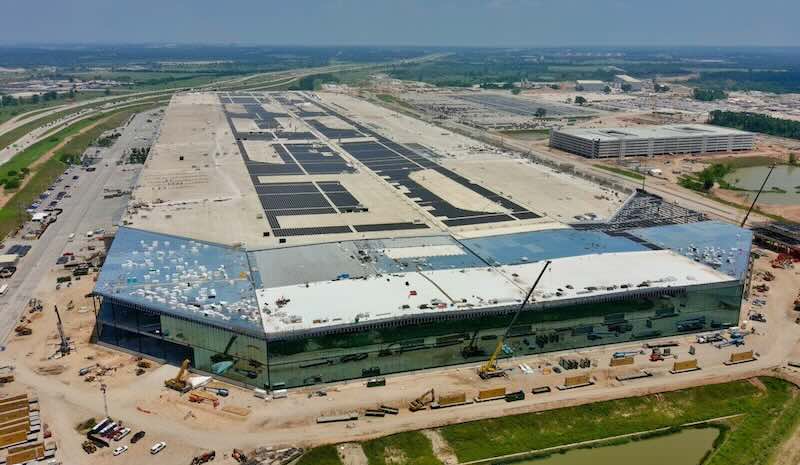Tesla is doubling down on its AI infrastructure with construction of a second high-performance computing cluster, according to recent aerial observations. Joe Tegtmeyer, known for his consistent documentation of Tesla’s Giga Texas facility, shared evidence of what appears to be Cortex 2.0 under development.
“The huge Giga Texas construction site permitted as the Central Campus Support Facility (aka Cortex 2.0) grade work, pier auger work & basic water drainage is moving along very quickly!” Joe reported on X, accompanied by morning images of the site.

Joe Tegtmeyer: Tesla is building a second high-performance computing cluster, Cortex 2.0
The expansion comes as a significant development considering Tesla’s existing Cortex 1.0 already represents a substantial investment. Original system reportedly houses around 50k – 100k GPUs with an estimated price tag of $5 billion.
This substantial computing expansion at Tesla’s Texas headquarters points to accelerating demands for AI training capacity. Industry analysts are debating the primary purpose behind Cortex 2.0, with two leading theories emerging.
The timing of this construction aligns notably with Tesla’s confirmed plans to launch pilot CyberCab Robotaxi operations in select states by Q2 2025, Elon’s promise of a June launch in Austin, followed by a national rollout, suggests confidence in overcoming these barriers. Building Cortex 2.0 suggests Tesla requires substantially more computational power to train and refine its autonomous driving systems before deployment.

Tesla’s CyberCab
Unlike 2017, when Tesla’s Full Self-Driving technology wasn’t advanced enough to warrant massive GPU clusters, the company now appears to be at a stage where such resources have become necessary for the next evolutionary leap in autonomous driving.
While less likely given current timelines, Cortex 2.0 could alternatively support Tesla’s humanoid robot program. Optimus project will eventually demand enormous computational resources, potentially exceeding those needed for autonomous driving. However, with Tesla yet to release its Optimus model, this seems a secondary consideration for now.
Related Post
Elon Musk: Tesla FSD Gets a Boost from xAI, But It’s Not What You Think
Nvidia Cosmos AI Model Promises to Revolutionize Autonomous Vehicle Training | CES 2025
Tesla FSD Launches in China Using Only Internet Videos for Training
